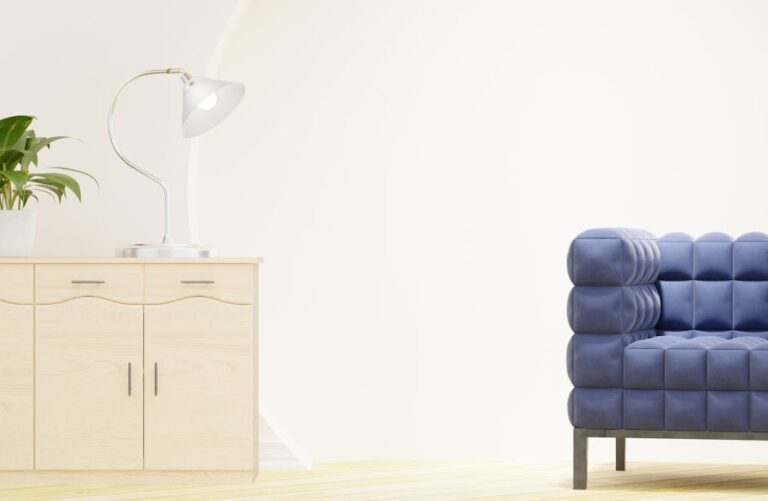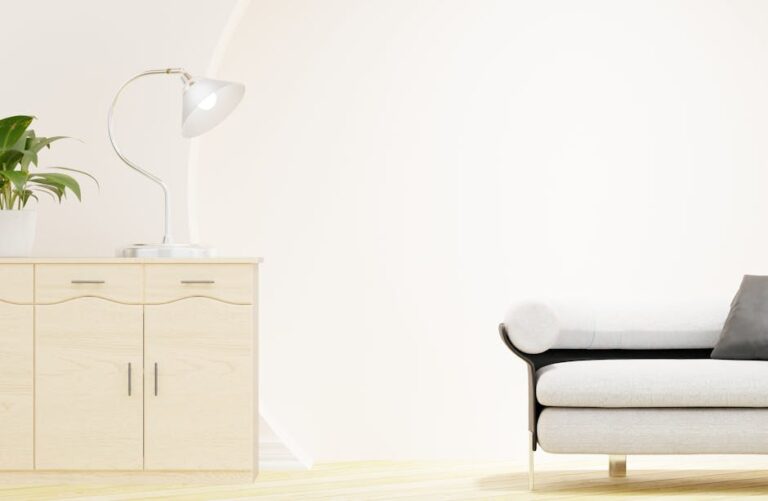
How to Declutter Your Life: A Comprehensive Guide to Freedom and Focus
Decluttering is more than just tidying up; it’s a profound process of reclaiming control over your environment, your time, and ultimately, your mental space. A decluttered life fosters clarity, reduces stress, and allows you to focus on what truly matters. This guide provides a comprehensive roadmap to decluttering every aspect of your life, from physical possessions to digital overload and even toxic relationships.
1. Understanding the Why: Identifying Your Decluttering Goals
Before you even begin to sort through your belongings, ask yourself why you want to declutter. This “why” will be your guiding light during the process. Are you aiming for:
- Increased productivity: A clutter-free workspace fosters focus and efficiency.
- Reduced stress and anxiety: Eliminating visual chaos creates a more calming environment.
- Financial freedom: Decluttering can reveal hidden assets and curb impulse purchases.
- More time for experiences: Less time spent managing possessions frees up time for activities you enjoy.
- A minimalist lifestyle: Embracing simplicity and intentionality.
Identifying your specific goals will help you prioritize your efforts and stay motivated when the process feels overwhelming.
2. Starting Small: The 15-Minute Rule & The One-In, One-Out Method
Don’t try to declutter your entire house in a weekend. Overwhelm is the enemy of progress. Start with small, manageable chunks of time.
- The 15-Minute Rule: Dedicate just 15 minutes each day to decluttering a specific area. Set a timer and focus solely on the task at hand. You’ll be surprised how much you can accomplish in short bursts.
- The One-In, One-Out Method: For every new item you bring into your home, get rid of one similar item. This prevents accumulation and maintains a balance. This works exceptionally well for clothing, books, and kitchen gadgets.
These small victories build momentum and prevent burnout.
3. The KonMari Method: Sparking Joy and Embracing Gratitude
Marie Kondo’s KonMari method offers a systematic approach to decluttering based on the principle of “sparking joy.” Gather all items from a specific category (e.g., clothing) in one place. Hold each item and ask yourself, “Does this spark joy?” If it does, keep it. If not, thank it for its service and let it go.
- Categorize by Type, Not Location: Instead of decluttering room by room, tackle categories like clothing, books, papers, komono (miscellaneous items), and sentimental items.
- Visual Inventory: Seeing the sheer volume of items you own can be a powerful motivator.
- Gratitude: Expressing gratitude for items before discarding them helps to ease the emotional attachment.
The KonMari method encourages mindful decision-making and fosters a deeper connection with your belongings.
4. The Four-Box Method: A Practical Approach to Sorting
This method provides a straightforward system for categorizing your belongings:
- Box 1: Keep: Items you use regularly, love, and add value to your life.
- Box 2: Donate/Sell: Items in good condition that you no longer need or use.
- Box 3: Recycle/Trash: Items that are broken, unusable, or no longer have value.
- Box 4: Relocate: Items that belong in a different area of your home.
Label each box clearly and work methodically through your possessions, placing each item in its appropriate box.
5. Tackling Specific Areas: Room-by-Room Strategies
- Kitchen: Focus on expired food, duplicate gadgets, and items you haven’t used in months. Organize pantry items using clear containers.
- Bedroom: Declutter your closet by getting rid of clothes that don’t fit, are damaged, or you no longer wear. Organize accessories and shoes.
- Bathroom: Dispose of expired toiletries and makeup. Streamline your storage and minimize counter clutter.
- Living Room: Declutter books, magazines, and decorative items. Consider the flow of the space and remove unnecessary furniture.
- Home Office: Organize documents, shred unwanted papers, and create a system for managing bills and important documents.
- Garage/Storage: This area often becomes a dumping ground. Take inventory of everything you own and be ruthless in getting rid of items you no longer need or use.
6. Digital Declutter: Taming the Information Overload
Our digital lives can be just as cluttered as our physical spaces.
- Unsubscribe from Unnecessary Emails: Use tools like Unroll.me to easily unsubscribe from unwanted newsletters and promotions.
- Organize Your Files: Create a logical folder structure for your documents and photos.
- Delete Unused Apps: Regularly review your phone and computer and delete apps you no longer use.
- Clean Up Your Social Media: Unfollow accounts that don’t bring you joy or add value to your life.
- Backup Your Data: Ensure your important files are backed up to a secure location.
Digital decluttering reduces distractions and frees up mental bandwidth.
7. Mindful Consumption: Preventing Future Clutter
Decluttering is an ongoing process. To prevent future clutter, practice mindful consumption.
- Avoid Impulse Purchases: Take time to consider whether you truly need an item before buying it.
- Borrow or Rent: Instead of buying items you’ll only use occasionally, consider borrowing or renting them.
- Buy Quality Over Quantity: Invest in durable, well-made items that will last longer.
- Say No to Freebies: Resist the urge to accept free items you don’t need or want.
- Plan Before You Shop: Create a shopping list and stick to it.
Mindful consumption helps you avoid accumulating unnecessary possessions.
8. Dealing with Sentimental Items: Cherishing Memories, Not Possessions
Sentimental items can be the hardest to declutter.
- Create a Memory Box: Choose a box or container to store a few of your most cherished sentimental items.
- Take Photos: Photograph sentimental items before donating or discarding them.
- Reframe Your Thinking: Remind yourself that memories are not tied to possessions.
- Let Go of Guilt: Don’t feel guilty about letting go of items that no longer serve you.
It’s okay to keep some sentimental items, but be selective and intentional.
9. Dealing with Difficult People: Setting Boundaries and Communicating Effectively
Sometimes, others contribute to our clutter.
- Communicate Your Needs: Explain to family members or roommates why you’re decluttering and how they can help.
- Set Boundaries: Establish clear boundaries about what can be brought into your space.
- Lead by Example: Show others how decluttering can benefit their lives.
- Focus on Your Own Space: If you can’t control what others do, focus on decluttering your own personal space.
10. Maintaining Your Decluttered Life: Establishing Sustainable Habits
Decluttering is not a one-time event. It’s an ongoing process that requires sustainable habits.
- Daily Tidy-Up: Dedicate a few minutes each day to tidying up your space.
- Regular Purges: Schedule regular decluttering sessions to prevent accumulation.
- The One-In, One-Out Rule: Consistently apply this rule to prevent new clutter.
- Reflect on Your Progress: Regularly assess your progress and make adjustments as needed.
- Celebrate Your Successes: Acknowledge and celebrate your decluttering achievements.
By establishing sustainable habits, you can maintain a decluttered life and enjoy the benefits of a simpler, more focused existence. Remember that decluttering is a journey, not a destination. Be patient with yourself, celebrate your progress, and embrace the freedom and clarity that comes with living a less cluttered life.
